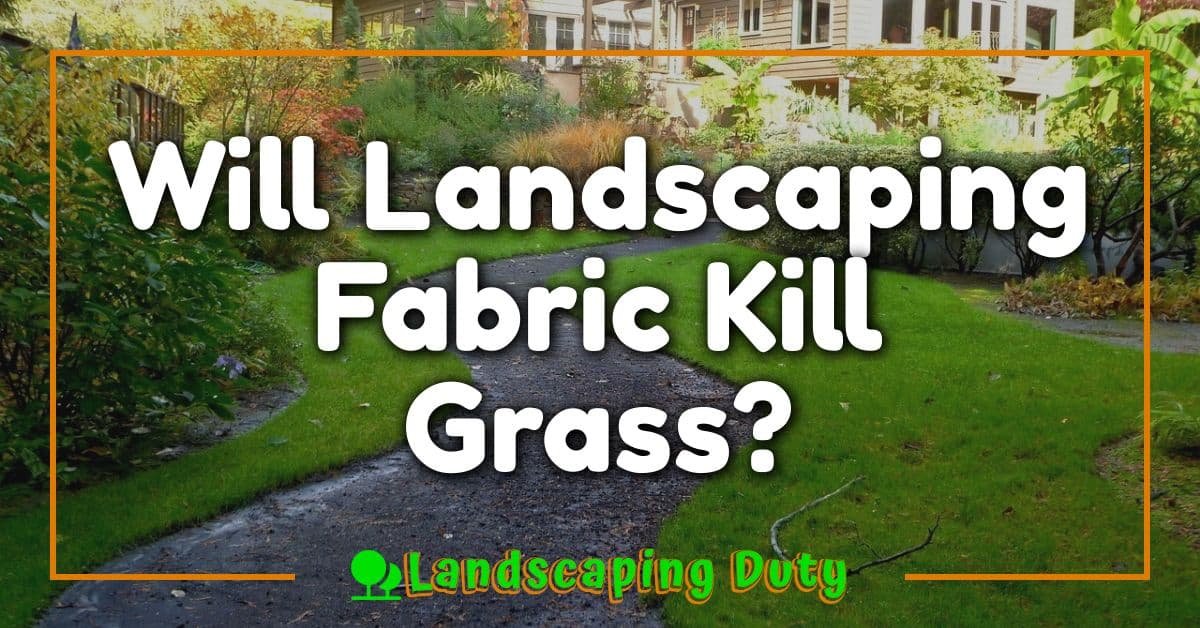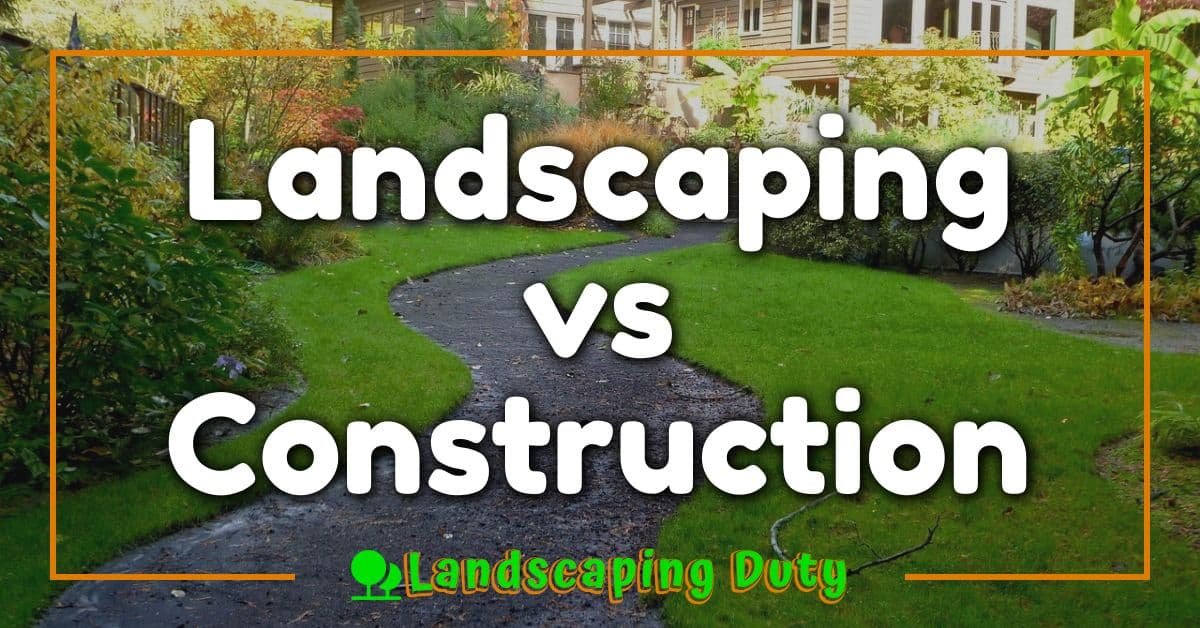When I imagine the perfect garden retreat, a cozy bench always comes to mind. It’s where I can unwind, read a book, or simply soak in the beauty around me. But with so many material options out there, picking the right one can feel a bit overwhelming.

From classic wood that adds warmth to sleek metal that offers durability, each material brings its own charm and functionality. I’ve explored the variety so you can find the ideal bench that matches your style and garden needs.
Whether you love the natural look of stone or prefer the low maintenance of synthetic materials, there’s something for every outdoor space. Let’s dive into the best options to help you create a comfortable and beautiful garden sanctuary.
Wooden Garden Benches
Wooden garden benches offer timeless charm and natural warmth to any outdoor space. They blend seamlessly with the environment, creating a cozy spot to relax.
Types of Wood
I choose from several wood types based on durability and appearance:
- Cedar: Resists decay and insects, featuring a rich color.
- Teak: Known for its resilience and minimal maintenance needs.
- Oak: Provides strength and a classic look.
- Pine: Lightweight and affordable, suitable for painted finishes.
Benefits and Drawbacks
- Benefits:
- Enhance garden beauty with aesthetic appeal.
- Natural material offers comfort and warmth.
- Versatile designs suit various styles.
- Drawbacks:
- Requires regular maintenance to prevent weather damage.
- Susceptible to warping and cracking over time.
- Heavier than some materials, making relocation challenging.
Metal Garden Benches
Metal garden benches offer a blend of strength and style, making them a popular choice for outdoor spaces. They come in various materials and designs to suit different garden aesthetics.
Common Materials
Metal garden benches are typically made from:
- Wrought Iron: Known for its durability and ornate designs, wrought iron adds a classic touch to gardens.
- Aluminum: Lightweight and resistant to rust, aluminum benches are easy to move and maintain.
- Steel: Offering high strength, steel benches can support heavy use and intricate designs.
- Cast Metal: Provides detailed craftsmanship and a sturdy structure, ideal for elaborate garden settings.
Each material presents unique benefits, allowing gardeners to select benches that match their specific needs and preferences.
Maintenance and Durability
Metal benches are highly durable, with steel and wrought iron lasting up to 20 years when properly maintained. To prevent rust, regular cleaning and applying protective coatings are essential. Aluminum benches require minimal maintenance due to their natural resistance to corrosion. By addressing weather exposure and using appropriate finishes, metal garden benches maintain their appearance and functionality over time.
Wicker Garden Benches
Wicker garden benches add a touch of elegance and comfort to any outdoor space. They blend natural beauty with versatile design, making them a popular choice for garden enthusiasts.
Material Variants
Wicker benches come in various materials, each offering distinct benefits:
- Synthetic Wicker: Made from resin or plastic, it resists moisture and UV rays, ensuring longevity.
- Natural Wicker: Includes rattan, reed, and bamboo, providing a classic, organic look.
- Metal-Wrapped Wicker: Combines the strength of metal with the charm of wicker, enhancing durability and style.
- Wood Wicker: Features a wooden frame with wicker weaving, offering a sturdy and aesthetically pleasing option.
Weather Resistance
Wicker garden benches handle weather differently based on their materials:
- Synthetic Wicker: Highly resistant to rain, sun, and humidity, requiring minimal maintenance.
- Natural Wicker: Susceptible to moisture and UV damage, needing regular sealing or covering during harsh weather.
- Metal-Wrapped Wicker: Offers improved weather resistance, but metal frames may need rust protection in wet climates.
- Wood Wicker: Requires treatment to prevent weather-related wear, such as applying sealants or paints regularly.
Choosing the right wicker material ensures your garden bench remains beautiful and functional throughout the seasons.
Plastic Garden Benches
Plastic garden benches offer a versatile and low-maintenance seating solution for any outdoor space. They come in a variety of styles and colors to match your garden’s aesthetic.
Advantages
- Durability: Resistant to weather, UV rays, and moisture, ensuring longevity without fading or rotting.
- Low Maintenance: Requires minimal upkeep; simply clean with soap and water to keep them looking new.
- Lightweight: Easy to move and rearrange, allowing for flexible garden layouts.
- Affordability: Generally more budget-friendly compared to other materials like wood or metal.
- Variety: Available in numerous colors and styles, providing customization to fit different garden themes.
Design Options
- Solid Slat: Features continuous panels for a sleek and modern look, offering sturdy support.
- Slatted Back: Incorporates spaced slats for enhanced airflow and a traditional appearance.
- Curved Shapes: Adds an elegant touch with smooth, flowing lines suitable for contemporary gardens.
- Foldable Designs: Enhances portability and storage convenience, ideal for seasonal use.
- Color Selection: Offers a wide range of colors, from vibrant hues to neutral tones, to complement various garden settings.
Stone Garden Benches
Stone garden benches bring enduring beauty and strength to your outdoor space.
Aesthetic Considerations
I love stone benches for their natural charm and variety. Available materials include granite, slate, and limestone, each offering unique textures and hues. Granite provides a sleek, polished finish, slate delivers rich, earthy tones, and limestone offers a softer, more refined look. These options blend seamlessly with garden landscapes, enhancing the overall visual appeal while maintaining a classic appearance.
Installation Tips
I ensure a sturdy installation by following these steps. First, choose a flat, well-drained area and mark the placement. Next, dig a base about 6 inches deep and fill it with compacted gravel for stability. Place the stone bench on the prepared base, checking for levelness and alignment. Use a rubber mallet to adjust the bench as needed, ensuring it sits firmly. Finally, apply a stone sealant to protect against weather elements and maintain the bench’s appearance over time.
Conclusion
Choosing the perfect garden bench is all about balancing style with practicality. I love how each material offers its own unique charm and functionality allowing you to create a space that truly reflects your personality. Whether you prefer the natural warmth of wood the sleek strength of metal or the low-maintenance ease of plastic there’s a bench that fits your garden and lifestyle. Take your time to consider what matters most to you and your outdoor sanctuary you’ll find a bench that not only enhances your garden but also becomes a favorite spot to relax and enjoy nature. Happy bench hunting!
« How to Maintain a Knot Garden: Expert Tips for Year-Round Beauty Moroccan Garden Inspiration: Explore Vibrant Colors, Intricate Designs, and Tranquil Spaces »
















